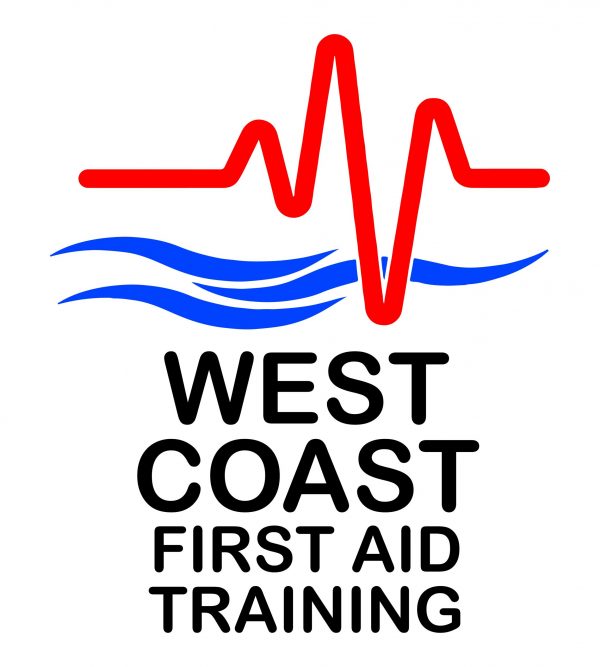


First aid is an essential set of skills that come in handy during emergencies to provide immediate relief and care to those injured and ill. It comprises knowledge of initial and immediate actions before professional medical help arrives. Advanced first aid course is essential in critical situations where the first few minutes are important to save a person’s life.
Everyone should be well-first with first aid tips to stop a bleeding wound or calm a burn. However, awareness of first aid mistakes that could potentially risk life is essential. This blog covers all the potential first-aid mistakes you should remember to ensure you don’t repeat them.
Opting for a first-aid refresher course in Perth can help save lives in critical situations. Until then, here are some frequent first-aid mistakes and what to do in their stead;
A medication called ipecac syrup was once used to induce vomiting. On the other hand, Ipecac syrup has been pulled from the market and should not be used. In some poisoning cases, doctors advise against causing vomiting. It could cause greater harm.
What to do instead?
Old bottles of ipecac syrup should not be stored around the house so no one can use them. In this case, it is best to contact emergency medical services. Stay with the person until professional help arrives, as you may have to perform CPR.
Any greasy substance on a burn traps the heat. As per experts in advanced first aid courses, it could make it difficult for a burn victim to recuperate or receive proper care.
What to do instead?
Apply cold water or an ice pack to the burn to ease the pain. After that, lightly dry the surface and cover it. Seek medical assistance immediately if it starts to blister, changes color, or appears infected.
Heat can occasionally help with aches and pains. Heat, on the other hand, should not be used on a fracture or sprain. Oedema, a build-up of fluid in the body that causes the affected tissue to become swollen, worsens as the temperature rises.
What to do instead?
The first aid course experts in Perth recommend applying an ice pack or ice for around 20 minutes. Place ice cubes in a plastic bag with a top-sealing closure to make an ice pack. Wrap the bag in a fresh, delicate towel or cloth to protect your skin. Never apply ice or an ice pack straight to the skin. Apply the RICE (rest, ice, compression, and elevation) treatment for the first 24 hours.
Consider putting a tourniquet, like a strip of cloth or a rubber band, around the body part to stop the bleeding from a deep wound in an arm or leg. It, however, may prevent blood from reaching the rest of the body part, which can have serious consequences.
What to do instead?
Apply forceful downward pressure can stop the bleeding. Once the bleeding has stopped, carefully wrap the wound. If the area is still bleeding or appears to require stitches, seek medical assistance. If the bleeding is considerable, cannot be stopped or reduced with direct pressure, and the person’s life is in danger, use a tourniquet slightly above the wound and wrap it firmly.
Rubbing alcohol has a cooling effect; however, it does not work with a fever. Alcohol can enter the body through the skin as well. It increases the risk of alcohol poisoning, particularly for young children and babies.
What to do instead?
To reduce fever, consider taking an acetaminophen or ibuprofen-containing medicine. Contact your doctor immediately if you’re unsure what to do or if your fever won’t disappear.
A speck of dirt or other small object in your eye can irritate you. If required, rub your eye to get the object out. However, don’t rub your eyes. As per experts in a first-aid refresher course in Perth, rubbing your eye may make it worse.
What to do instead?
Rinse your eyes with clean tap water. If the sensation persists, seek medical treatment.
Limiting blood flow after a snakebite may appear logical to prevent poisons from spreading. However, this may cause far greater harm. In other cases, the toxin may get concentrated in one region and cause injury. In other cases, after the tourniquet is removed, the quick release of snake venom into the blood causes injury.
What to do instead?
The most important action is to calm the bite victim. Assist them in remaining completely still for the biting body part. As a result, the poisonous flow in the body is slowed. Moreover, an advanced first aid course recommends removing all the jewelry or restricting clothing from the areas near the bite because swelling might be severe.
It is all too easy to lose your first-aid abilities in a panic. These common first-aid mistakes simply make matters worse for the injured victim. That’s why enrolling in a first-aid refresher course is best to enhance your first-aid abilities, sense, and plan of action during emergencies.
Learn first-aid courses in Perth at West Coast First Aid Training today to avoid making these other first-aid mistakes.